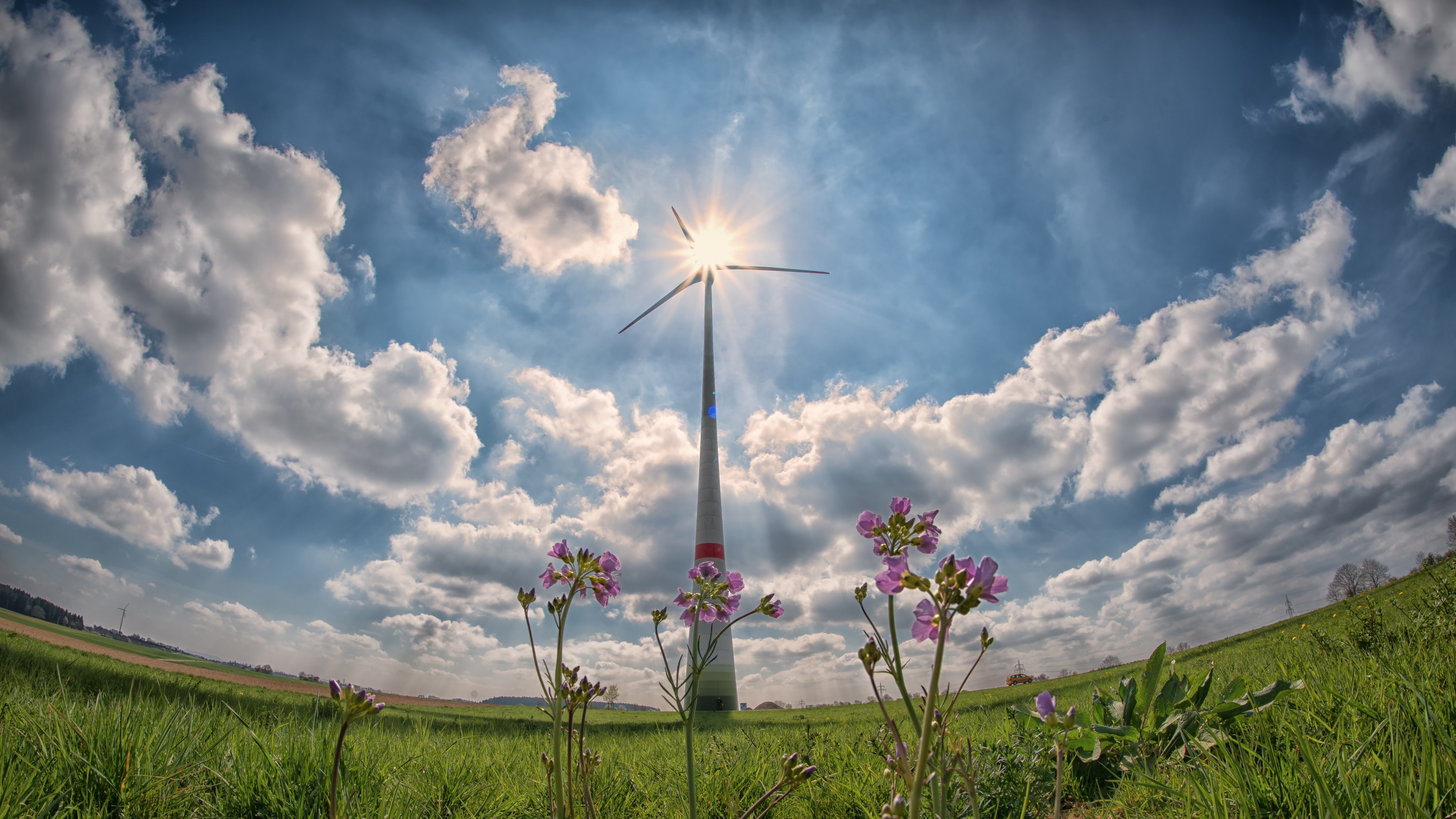Originally published in CNBC
By Thomas H. Stoner Jr.
The Obama administration’s new push to reduce power-plant emissions may very well fall short of its goals.
What’s missing? The president’s plan lacks an opportunity to more fully engage the most central player in the debate over how best to address climate change issues: the private sector, and, specifically, the capital markets, our crucible of innovation.
By using a purely regulatory framework to fight climate change, the White House appears to be relying too heavily on caps and penalties as solutions when it could be taking better advantage of market-based mechanisms.
Worse, the regulation comes before we have all of the data; for example, many electric utilities don’t adequately disclose their efficiency or carbon-emissions data publicly.
Moreover, the Environmental Protection Agency’s new rule sets state-by-state caps on power-plant emissions. But, for most, the caps have been set so low, it is a nearly foregone conclusion that it will be easy for many states to achieve them, as most reductions already are built into existing renewable energy and demand-side management initiatives.
The rule also gives a high degree of latitude to each state for compliance, including potential cap-and-trade programs between states.
A more sensible plan, I submit, is to make public disclosure of emissions the centerpiece of any regulatory effort and to incentivize companies to calculate their energy use and carbon emissions and disclose their plans, including their investments to reduce the carbon exposure.
This data then would spur businesses to find cost-competitive measures to mitigate inefficiencies, as cutting costs is what corporations do. And it would spur investors to take greater account of carbon costs as they make their decisions.
Yes, the EPA rule is a very significant, albeit symbolic, milestone that sends a message to businesses and governments around the world that the United States is not, as some nations have claimed, being recalcitrant on climate-change issues. It even returns the U.S. back to a global leadership position on climate change after a nearly two-decade hiatus.
But it is also divisive. The plan has come under fire because it would reduce jobs in the already decimated coal industry and, almost certainly, raise electricity rates. There has been much discussion about the $8.4 billion cost, too.
Indeed, many state leaders have announced that they will fight the plan in court. Senate Majority Leader Mitch McConnell (R-KY) has urged the governors of all 50 states not to comply.
Critics on the left, meanwhile, claim the EPA rule will allow businesses to continue to pollute for a price, a price that may be passed along ultimately to consumers.
Why not demand more disclosure requirements for electricity generators and energy providers, as well as other corporations who might be high-energy users? It’s hard to imagine a good framework for cutting carbon emissions without first gathering all the data about where the problems exist.
For example, offer incentives or even force businesses — perhaps as a requirement for federal contracts — to conduct standardized carbon-emission audits and report the data publicly, as 300 companies in the S&P 500 voluntarily do today through the Climate Disclosure Project. This would create an opportunity for everyone to examine and reduce their energy-cost structures.
The goal would be to create market-based solutions to climate change. Companies who currently are only managing to boost their current quarter financial results — and not creating new efficiencies by managing their energy use — will be visible to all stakeholders (board members, investors and employees) for their obvious lack of vision.
Let’s shift the dialogue away from carbon caps and penalties to disclosure by both private industry and government to gain full transparency into where problems exist. And then, once those assessments are done, use a carrot rather than a stick to prompt industry to innovate.
The president should remember that the best solutions to big technological problems invariably have come from innovations by American businesses — not from penalizing them.
Thomas H. Stoner Jr. is CEO of Entelligent, a company that tracks alternative energy markets, and the author of, “Small Change, Big Gains: Reflections of an Energy Entrepreneur.”

